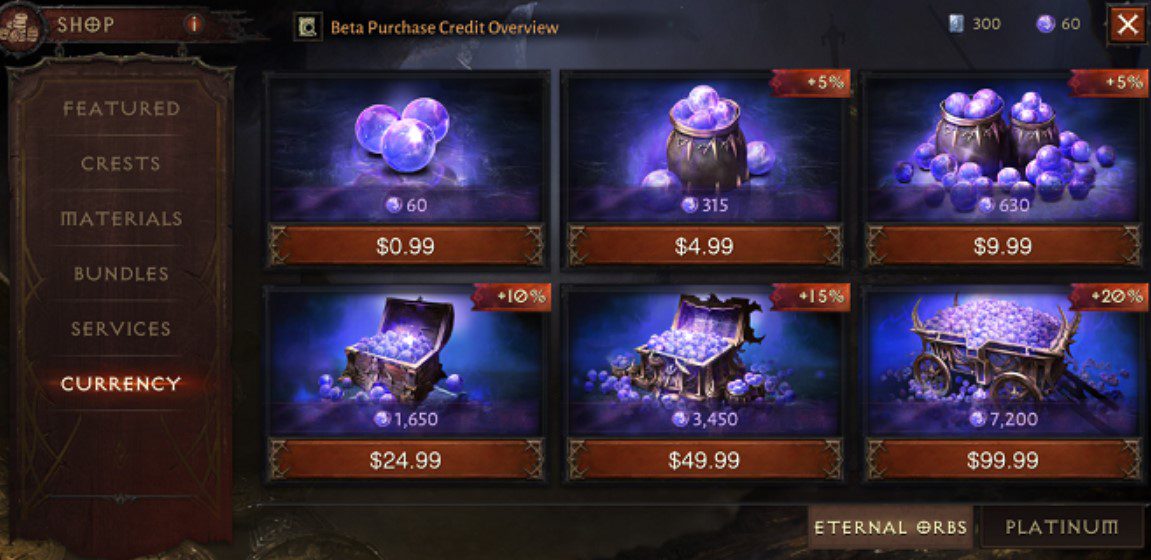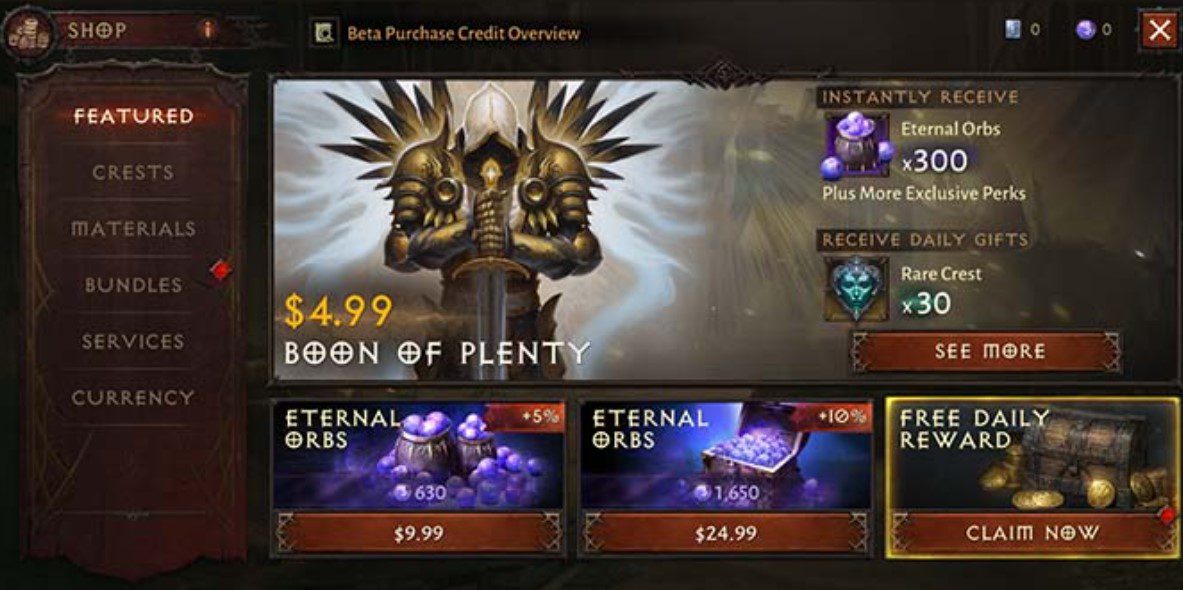Activision Blizzard’s most recent title Diablo Immortal is fun and entertaining and brings a franchise to a new arena that the studio has never explored before. But are pay-to-win mechanics ruining Diablo Immortal? After the game’s release and the reviews flooded the internet, we at Otakukart stop and give you our opinion.
We’ve covered the popular Activision Blizzard title since it first dropped. Moreover, if you’ve read us, you’ll notice that we’ve given out tips, tricks, and guides to power up your character. We’ve helped you with the game, just like many other valuable content creators out there. But after testing the game a lot. There’s a massive elephant in the room we need to address. Come with us and find out!
Are Pay-To-Win Mechanics Ruining Diablo Immortal?
When Diablo Immortal was announced, it was the hype! We saw memes; we saw influencers ranting, raving, and sharing content about it. Moreover, the game marked a landmark for veteran studio Blizzard as they took a plunge into the mobile segment with a very popular franchise. However, after the release, that hype turned sour because the inner workings of the game’s microtransactions economy are expensive.

Just how expensive is this microtransaction environment? Well, quite a lot. To be precise, if you’re playing this right now, this game. If you want to max out your character, you will need to spend US$ 100,000 —or 3.29 Bitcoins by the time of print. 1 BTC is around US$ 30,412 for you crypto fans out there. That’s a lot. You can buy a supercar with that kind of money.
The Elephant In The Room
If you put a decent amount of hours into playing Diablo Immortal, those first levels are just plain old Diablo gaming. But, loot is a major part of the RPG nature of the game, and that’s when the upsell of this massive controversy lies. Sure, you’ll have fun getting to level 30. But what happens when you reach level 50? Those in-app purchases will get in the way of your grocery bill, your rent, and car payments if you’re impulsive and not wary of just how much you spend —a common trait in gamers and a major problem with those with ADHD like me.
Sure, you have loot boxes for up to US$ 100, but these things are such a gamble that you simply don’t want to risk it. Moreover, Diablo Immortal has mini-dungeons called “rifts” where you can get legendary items, but those chances are pretty slim because you have to apply legendary crests, and you get only a few of those for free —cue in another micro transaction. Then you have to get that Dawning Echo of an item to level to get the gems past that certain point, and that’s how much? —cue in the cash register from Pink Floyd’s Money, from Dark Side of the Moon. Hey Blizzard, fix your game! In Europe, those loot boxes are considered gambling by the regulators!

Abysmal Scores
Blizzard has a huge problem with Metacritic scores, too many. Not only did they screw up with Warcraft III: Reforged. Everybody remembers that fiasco. Now they have outdone themselves. The Metacritic score for Diablo Immortal is an abysmal 0.7. That’s what you call gamer rage right there! Good work screwing up that opportunity in making a title that could’ve been a nice shot at the mobile market.
Blizzard knew from the get-go that Diablo Immortal would make them a lot of money. Moreover, they knew that some of us might reach into our pockets and spend a few dollars here and there to get an extra advantage by paying. But they took it too far with the microtransactions. One hundred grand is just overkill.
The Problem With Pay-To-Win
A pay-to-win game is where the player can spend real money to obtain game-breaking powerups or items. This effectively gives them an unfair advantage over other players who have not spent any money. Pay-to-win games are often criticized for being unfair and exploitative, as they can offer players who are willing to spend money a significant advantage over those who are not.
There are a few different ways that pay-to-win mechanics can be implemented in games. The most common is through microtransactions, which are small real-money purchases that can be made within the game. These microtransactions can be used to buy items or powerups that give the player a significant advantage. Another way that pay-to-win mechanics can be implemented is through subscription fees. Games that require a monthly subscription fee often give players who pay more access to exclusive content or powerups.
Also Read: How To Solve The Diablo Immortal Mirror Puzzle And Complete The Lost Runes Quest?


















